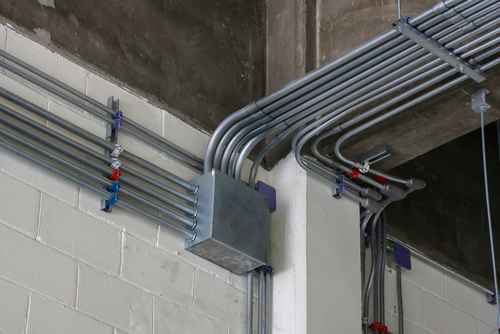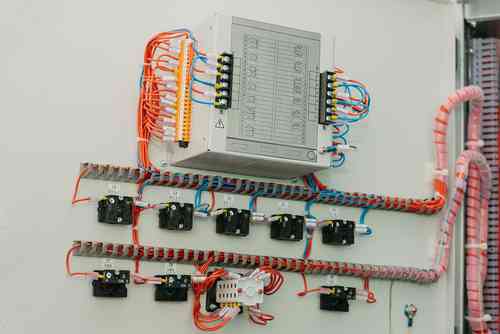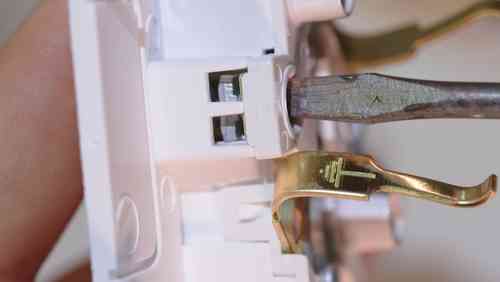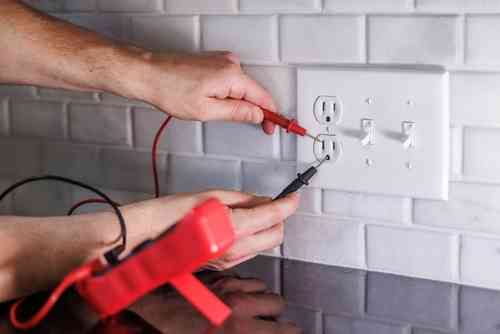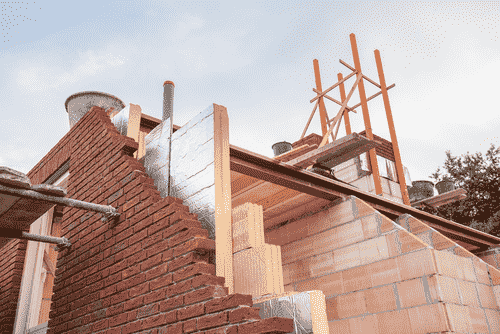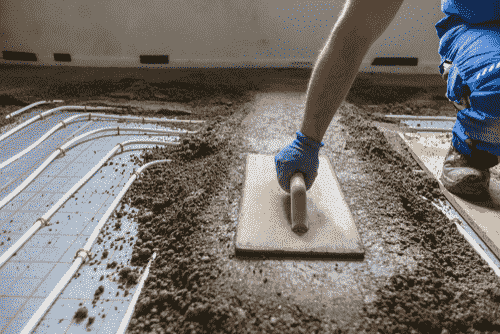Frequently Asked Questions
1. What are the different types of wiring in a house?
The different types of wiring systems used in homes include casing and capping wiring, conduit wiring, low voltage wiring, and cleat wiring. These home wiring types serve different purposes depending on the specific needs of the house.
2. Which wire is best for home use?
The best quality electric wire for house installations depends on the specific requirements, but generally, conduit wiring is preferred for its safety and durability. Low-voltage wiring is ideal for applications like home security systems and lighting.
3. Where should electrical outlets be placed in a new house?
Electrical outlets should be placed based on the needs of each room. Kitchens, for example, require multiple outlets near counters, while living rooms need outlets behind entertainment systems. Bedrooms and bathrooms should also have well-planned outlets, ensuring they are away from water sources.
4. How to layout electrical outlets?
Planning electric layouts involves placing outlets in easily accessible areas while avoiding clutter and overuse of extension cords. Outlets should be spaced per building codes, and areas with high power demand, like kitchens, should have separate circuits.
5. What is the colour code of electrical wiring?
The standard colour codes for wiring include black (live), red (secondary live), white or grey (neutral), and green or bare copper (ground). These codes help electricians and homeowners maintain a safe and functional electrical system.
6. What type of electrical wire is used in homes?
Conduit wiring is the most common type of wiring used in modern homes due to its durability and safety. However, other types of electrical wire for house setups, like low voltage or cleat wiring, are used for specific applications. Understanding what type of electrical wire is used in homes helps ensure your system is safe and functional.






